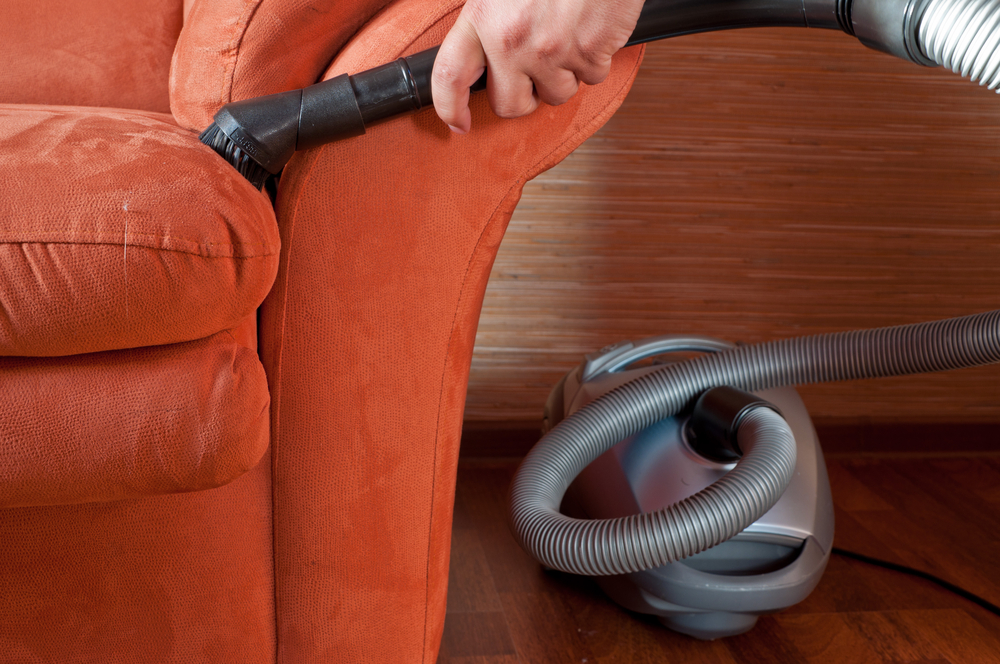If you want your upholstery to maintain its quality and shape, you’ll need to clean it properly. But can you put all upholstery fabrics in the washing machine? Not so fast. Different fabric cleaning codes instruct the user on how to clean it and what cleaning solutions to use.
You’ll often find the fabric code in the tag, and knowing the material is also helpful. This is especially helpful when you need to remove some stains.
Four general cleaning codes cover most upholstery materials, and it comes with the convenient first letter of the solution that best applies to them.
W Fabrics
“W” stands for Water. This means you can clean your upholstery with water, even using a water-based fabric cleaner on the stain. W fabrics are the most durable and withstand spills and wear and tear. Examples of this fabric are faux leather and vinyl.
S Fabrics
“S” stands for Solvents. You must only use a solvent-based cleaner with these fabrics since water may not react well with the upholstery. If you own this type of furniture, it is best to discover a brand of cleaner that will respond to the stain and clear it away. LAVE is a fantastic brand made of natural fabric cleaner ingredients and is Kovi Fabrics’ go-to solution for its upholstery.
S/W Fabrics
This code means you can use both water and solvent cleaners. You can clean these fabrics with a mild solvent-based and/or water-based cleaner. Spot clean with solvent or water-based cleaners whenever necessary. You can also dry clean these fabrics if you choose.
X Fabrics
The letter says it all: do not attempt to clean. It is not cleanable and only requires proper vacuuming from its user. You can also lightly dust this fabric. When stained, ask for professional help in handling the blemish.
Cleaning Different Types of Fabrics

Online upholstery cleaning guidelines can help users clear the dirt on their furniture. However, you need to understand the composition of your furniture. The most common fabric materials are nylon, acrylic, and polyester. Some contain various blends of fibers, which makes their composition and cleaning more complex. Take a look at some of the materials your fabric may contain:
- Natural types. They comprise 100% natural fibers, such as cotton and wool, which react well with water-based cleaners.
- Synthetic types. Faux leather and vinyl are two top synthetic fiber types and are easy to clean. Water-based cleaning agents will work on these upholstery types.
- Combination types. These contain a percentage of natural fibers and a percentage of synthetic fibers. Most of this furniture requires professional cleaning.
- Microfiber types. Because of its condensed fiber composition, this fabric is easy to clean and maintain overall. The tightness of the material keeps dirt from settling in. If dirt accumulates on the fabric, you can easily vacuum it away.
Final note: when cleaning, start with a small spot test on a non-visible section to see how the fabric reacts to it. If there is discoloration, stop applying the agent and find another cleaner.


2 thoughts on “Know Your Fabric: A Guide To Upholstery Cleaning Codes”